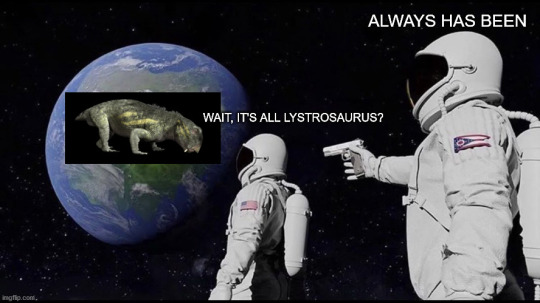Precambrian - Cambrian - Ordovician - Silurian - Devonian - Carboniferous - Permian - Triassic - Jurassic - Cretaceous - Paleocene - Eocene - Oligocene - Miocene - Pliocene - Pleistocene - Holocene - Restorations - Fossils/Skeletons - Facts and...
Don't wanna be here? Send us removal request.
Photo



A few reconstructions I made of Lycaenops ornatus, everyone’s favorite lil’ protomammal.
#I'm gonna guanratee this is already in here somewhere but#it's so good#gorgonopsid#permian#??#sorry i'm rusty on these now
8K notes
·
View notes
Text
This is gorgeous!
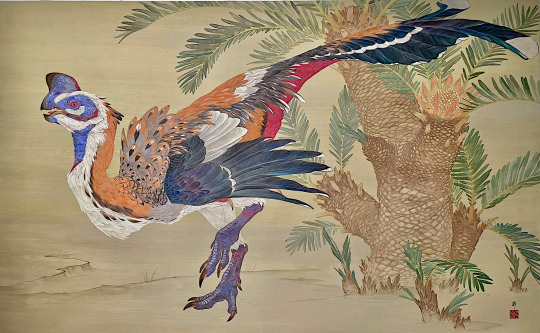
While this was posted by Goro Furuta, I just found out he is not the artist. I'd love to know who did this piece! Can anyone read the signature?
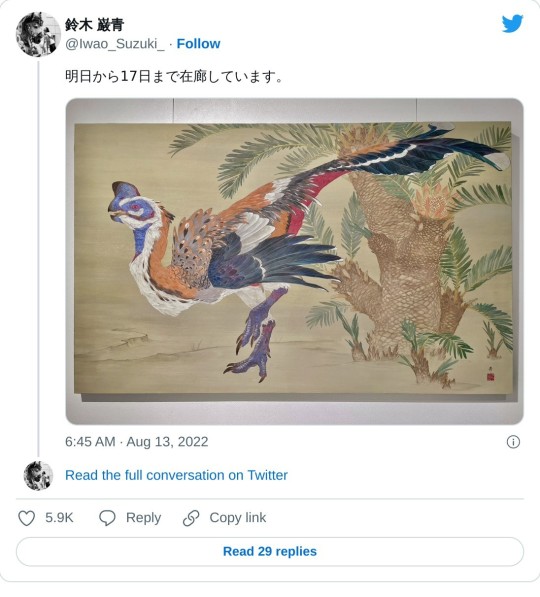
Thanks @ussbamf! It's Iwao Suzuki!
7K notes
·
View notes
Text
I’ve been thinking about these graphics that depict the cambrian explosion as a LITERAL big bang explosion all day. They’re so fucking funny to me
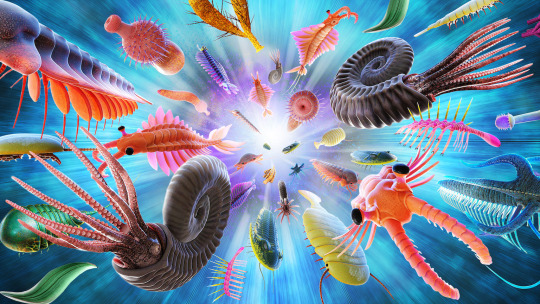
canbedone / Adobe Stock
Literally kaboom
46K notes
·
View notes
Photo
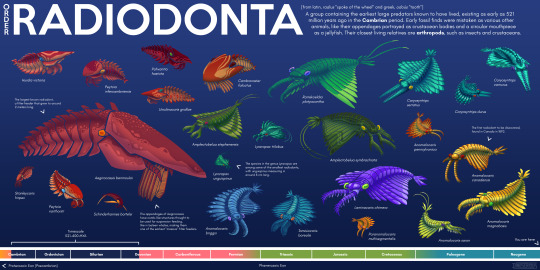
this has been well over a month in the making, heres my radiodont infographic!! i had fun but it was also a TON of work
825 notes
·
View notes
Text

A watercolour portrait of Megatherium, a giant ground sloth from South America.
This depiction is based on Bargo et. al. (2006), which looked at the muscles and cartiledge on the muzzles of ground sloths, making these animals look quite strange. However, from an animal like Megatherium, I wouldn’t expect anything less than weird.
202 notes
·
View notes
Photo
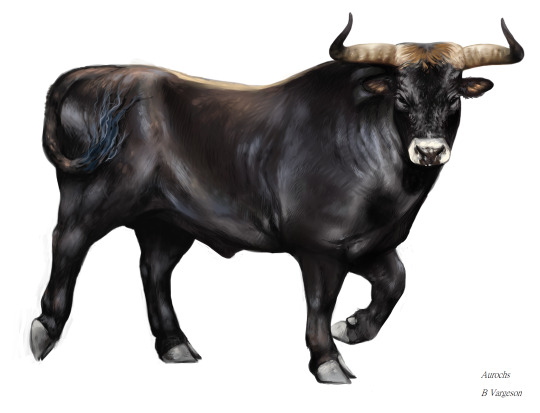
It’s been a while!! Here’s an Aurochs illustration I’ve nearly finished as part of a local project... this has taken a while too. I’ve been busy being a mum.
439 notes
·
View notes
Text
Tuesday 7/12/21 - Where are all the medium sized Theropods?
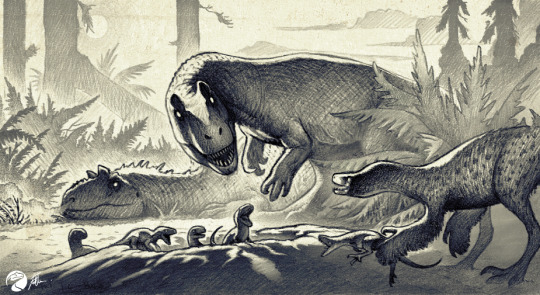
"The Horrors of Thieving", Allosaurus, Ornitholestes; FredtheDinosaurman (deviantart)
Ecosystems these days are made up of animals and plants of varying sizes and niches. Niche partitioning is a term used to describe how different roles in an ecosystem are taken up by different species. Carnivores for example, can be suited to a variety of roles, even within the same biological family.
Think of North American canines for example. Red Foxes are a smaller predator, hunting rodents, small birds etc. Then there's Coyotes who hunt those smaller prey too, but also hunt larger animals like beavers, and porcupines, and even pack hunt for animals like deer. Then there's Wolves, which may opportunistically scavenge, but are specialised in larger prey as a pack, like bison. Just like prey, predators can inhabit a small size, medium size, or large size niche. But this divide was long-thought to be seemingly absent in dinosaurs.

Red Fox (smallest), Coyote (middle), Grey Wolf (largest), National Parks Service
Ok so when you think of the size of a meat-eating dinosaur, you either think of a large apex predator like Tyrannosaurus or a smaller agile hunter like a Velociraptor. Late Mesozoic Theropods are consistently either huge, or man sized, and palaeontologists were puzzled as to why there were so few species in the middle. There were small, medium, and large prey animals in the age of reptiles, so why was there no medium sized theropods to fill in that niche?
Recently, there has been a revision on how we understand the growth and diet of predatory dinosaurs that may help to understand a solution to this question. Modern pack hunting animals share their kills with their family groups. An African Wild Dog puppy is not large or powerful enough to kill an Antelope, but a large portion of their diet will be Antelope because their parents will share the kill.
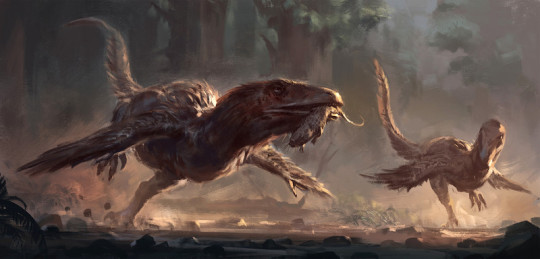
Deinonychus catch, Raph Herrera Lomotan
Studies of coprolites (fossil poo) and fossilised stomach remains in young dinosaurs have revealed it may have worked out differently. Young Deinonychus have been found to have different nutrients in their diets to adults, and palaeontolgists think this is because they hunted different animals (Frederick et al 2020). Adult Deinonychus had the power and skill to kill dinosaurs larger than themselves, but juveniles could not, so would've pursued smaller reptiles, mammals, or even invertebrates. Adults didn't share their kills with their young, so they had to find their own food.
This ontogenetic (relating to aging and development) variation in niches has also been theorised in larger theropods, to the point where some smaller to medium-sized dinosaur species have been identified as potential juveniles of larger species. Nanotyrannus was a species of smaller Tyrannosaur that has a very different body shape compared to the largest of the group. It had been described as about as tall as an adult human, with long slender legs, and had an extensive covering of feathers. But new studies have discussed the possibilities of Nanotyrannus being the juvenile form of Tyrannosaurus rex itself.
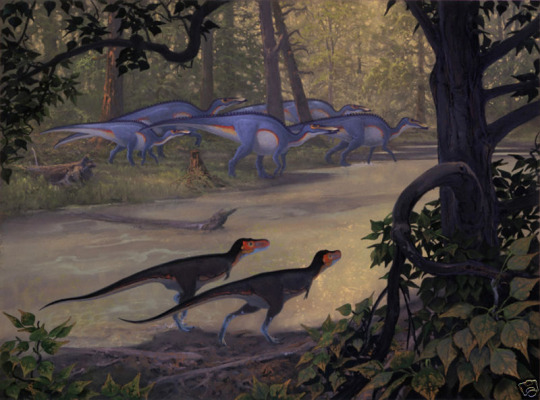
Nanotyrannus stalking Anatotitan, Doug Henderson
If this was the case, as many palaeontologists are on board with, it means that young Tyrannosauruses were specialised for a very different lifestyle than their adult counterparts. The juveniles were pursuit predators, running after smaller prey items, whereas the adults would take on larger dinosaurs, and did not have nearly enough leg strength to run for longer distances.
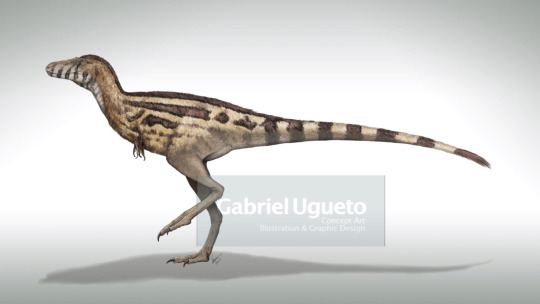
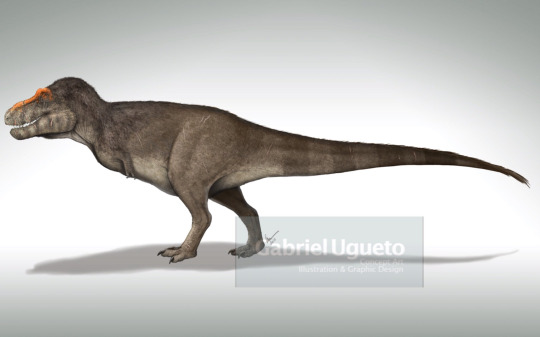
Juvenile/Adult Tyrannosaurus, Gabriel Ugueto
Scipionyx, the first dinosaur species discovered from Italy, has also theorised to be the juvenile of a larger species. It was initially classified as part of the group Compsagnathidae, but palaeontologists have begun to question whether the group itself is natural, or if scientists have just grouped together unrelated species of the same body shape and size. Given the shape and plasticity of its bones, the known specimen of Scipionyx is thought to be a hatchling, but a hatchling of what? Italian Paleaontologist Andre Cau theorised (Cau 2021 (its in Italian)) that Scipionyx was a juvenile Carcharadontosaurid, and further, that most of the Compsagnathid group consists of juveniles of large bodied theropods. The "Compsagnathid" body shape could in fact just be the body shape of juvenile Tetanurans (the clade including most theropods).
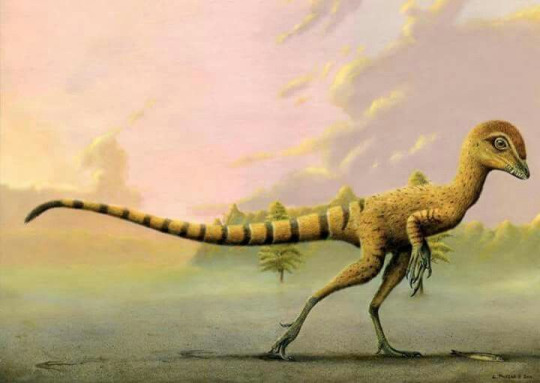
Scipionyx, Lukas Panzarin
This type of ontogenetic niche partitioning exists today in some reptile groups, particularly in Komodo Dragons, where the juveniles are aboreal insectivores, and the adults hunt mammals many times larger than themselves.

Juvenile Komodo Dragon, Mark Ralston
Dinosaurs were not mammals, and in fact are unlike many other groups alive today, and understanding their biology and behaviour requires looking into many different vertebrate groups. So, to answer the question posed by this post's title? Where are all the medium sized theropods? Its likely they're the bigger ones going through a phase.
Cheers for the read.
753 notes
·
View notes
Photo

A male qianzhousaurus snatching a tasty fish from the river.
541 notes
·
View notes
Text
I can barely contain myself right now
holy shit

HOLY SHIT
248K notes
·
View notes
Text

Oryctodromeus family resting in their burrow :)
968 notes
·
View notes
Photo
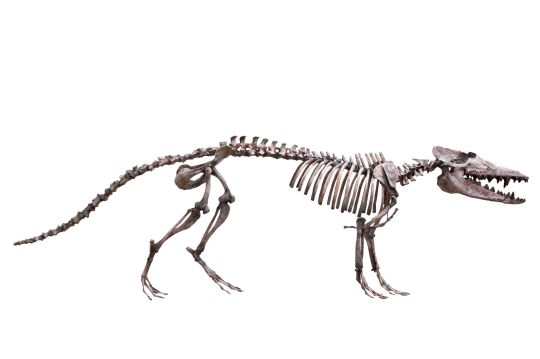
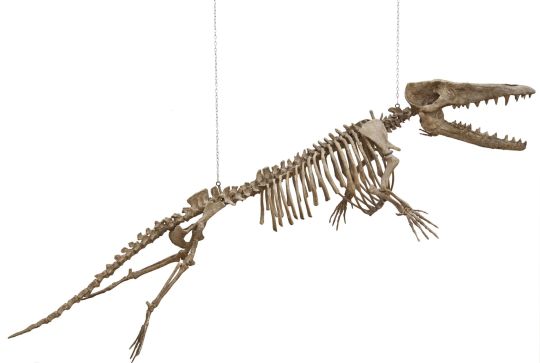
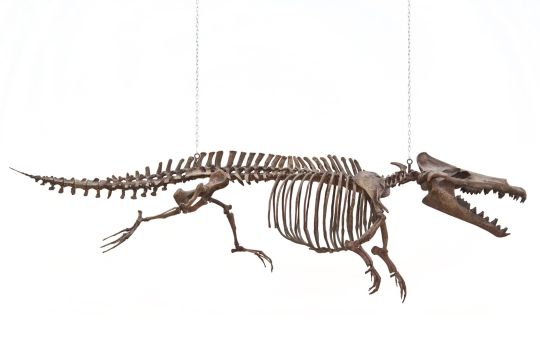
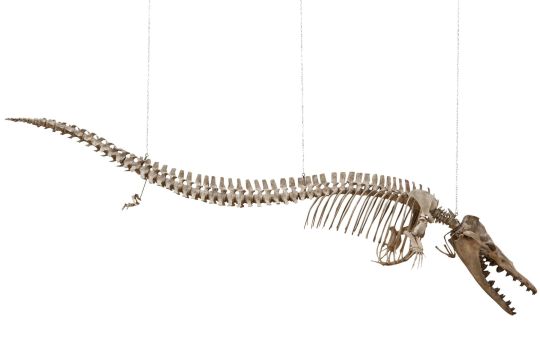
Pakicetus, Ambulocetus, Maiacetus and Dorudon, from the LWL Museum of Natural History exhibition “Whales- Giants of the Seas” 2012-2013
3K notes
·
View notes
Text

It's been a while since i've drawn. I've been wanting to draw the new spinosaurus since the news came out ^^ Maybe i'll color it later, not sure yet
218 notes
·
View notes
Text

Last notes for the palaeontology project. I hope I’ll finish it tomorrow. Fingers crossed
74 notes
·
View notes
Video
youtube
PBS Eons: When a Billion Years Disappeared
In some places, the rocks below the Great Unconformity are about 1.2 billion years older than those above it. This missing chapter in Earth’s history might be linked to a fracturing supercontinent, out-of-control glaciers, and maybe the diversification of life itself.
196 notes
·
View notes
Text
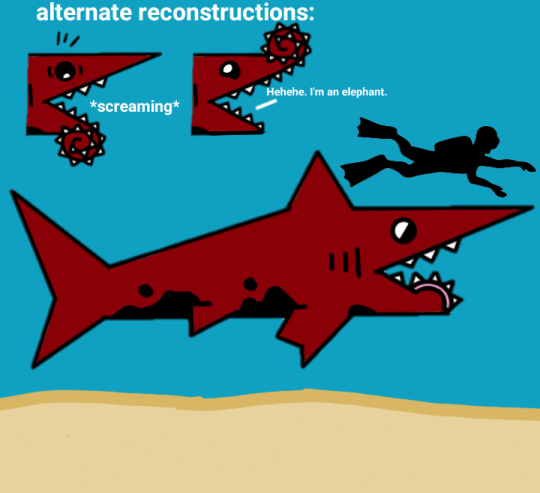
SHARK WEEK FACTS- Wednesday
Helicoprion bessonowi
-A eugeneodontid fish, which is an order of sharks that possessed freaky tooth-whorls
-Lived during the Early Permian
-Bad at cutting wood, but great at cutting fish
-A once-living mystery. Still a freak of nature
107 notes
·
View notes
Text
It was kind of a dick move to create animals that require air, then confine them to the freaking ocean
311K notes
·
View notes
